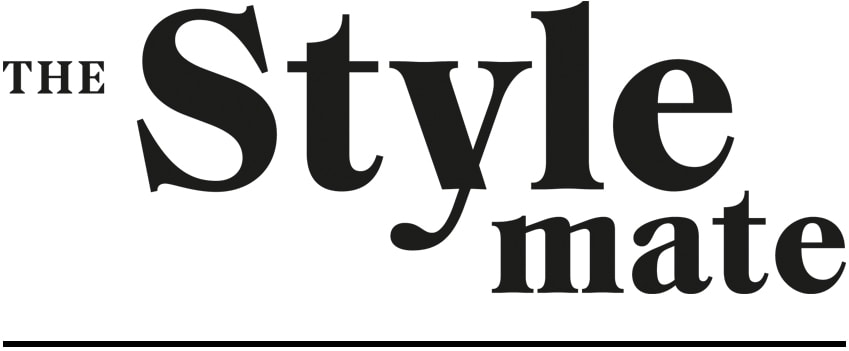The Rehmannia Root Crafts Exhibition Hall is dedicated to an important medicinal plant in traditional Chinese medicine. The well thought-out dome construction by Luo Studio is based on a cost-efficient structure made of standardised timber.
The production of medicinal herbs for traditional Chinese medicine has a long tradition in Xiuwu County in the Chinese province of Henan. It is an important economic factor in the region, which offers the best conditions for cultivation due to the soil and climatic conditions. One of the most important plants in the regional medicinal herb industry is the rehmannia root, also known as Chinese thimbleweed. The elaborate, traditional production process for this medicine can be traced back to the sixth century, to the famous doctor and religious scholar Sun Simiao.

Light becomes the central theme of the building, creating dynamic moods both inside and out.
Luo Studio, Architekturbüro
As part of the initiative to revitalise rural areas economically, the provincial government provided funding to preserve this cultural heritage and make it accessible to the public. The renowned Beijing office Luo Studio was then commissioned to design a production workshop, a drying field and an exhibition hall. Completed in 2021, the Rehmannia Root Crafts Exhibition Hall was awarded the Architizer A+ Award in the category of cultural and exhibition centres in 2024.
New paradigm for construction and design
Instead of relying on the prevailing typology of functional production halls, the architects were able to convince all those involved that the project required a new paradigm in terms of design and construction. In addition to the requirement for a wide-span hall, the accepted design also makes reference to the regional building culture and fulfils a number of ecological requirements.

The pharmaceutical production process of the medicinal root had a decisive influence on the distinctive shape of the building. Drying in the sun between the multiple cooking processes was of crucial importance. ‘Light becomes the central theme of the building, creating dynamic moods inside and out. This is the fundamental starting point for the design,’ says Luo Studio, explaining the design process.
A circle made of many straight lines
This play of light, which changes continuously with the course of the sun, is better emphasised in a round building than in an angular one, according to the considerations. The design team therefore opted for an almost round shape with a regular, polygonal floor plan. In this way, no curves are necessary in the construction which would have driven up the construction costs. Instead, the staggered arrangement of the typical local brick walls creates a linear approach to the circle.

Light is also brought into the building in a rather unconventional way, as the architects explain: ‘In contrast to the usual approach of creating window openings in the building walls, light enters via the roof, strip lighting and gaps between the walls, for example.’
This practice not only saves material and space, but also welds structure, furniture and space into a single unit.
Luo Studio, Architekturbüro
A wooden dome rises above the brick walls and has a proud diameter of 37 metres. The construction method is based on simple glulam beams and squared timbers, which are bolted together to form modular units. This means that large components do not have to be transported from far away and the construction can be realised with minimal use of materials.

Structure = furniture
Embedded in the almost circular outer shell is a round, completely column-free space in the centre. The recessed seating area leads down several steps and, together with the skylight above, creates a special atmosphere, a ‘feeling of centredness’. This area is also intended for health and wellness programmes.
The outer ring, on the other hand, which is divided into regular segments by the wooden supporting structure, forms the exhibition area. This utilises a principle copied from traditional ceramic kilns in the imperial porcelain city of Jingdezhen: the wooden structure also serves as furniture. The pottery is still stored on the shelves between the wooden supports.

Rotation around the resting point
In the case of the Rehmannia Root Crafts Exhibition Hall, the supporting structure also serves as exhibition furniture. ‘This practice reflects the local building expertise and is in line with the awareness of using resources carefully. It not only saves material and space, but also welds structure, furniture and space into a single unit,’ explains Luo Studio.
Apart from the cost efficiency of this solution, it also creates a natural zoning of the hall. While the flow of visitors circulates around the outer ring, a place of calm is created inside the rotation.
Text: Gertraud Gerst
Fotos: Weiqi Jin



iThere are no comments
Add yours